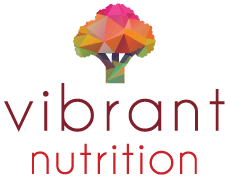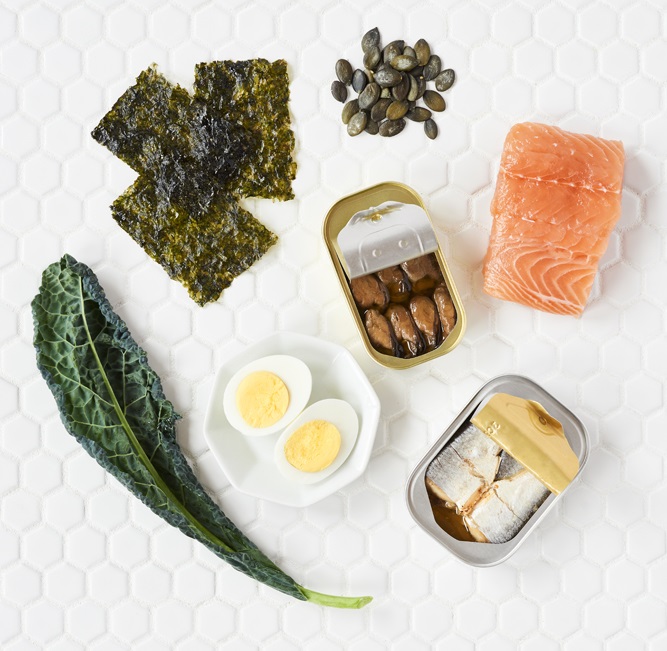December 1st, 2019
Easy ways to make your baking gluten-free
Are you getting into holiday baking, and want to mix it up a bit from your usual cookie fare? Or do you have guests and gifts to give to those with different diets than you? We’ve got you covered with a breakdown on all the HOT alternative flours to use to avoid gluten or just to mix up your holiday textures!
Coconut Flour
This flour is made from pulverized, dried coconut meat. It is higher in protein and fibre than average flour. It is extremely dry; when you add liquid it will suck it up! So you need to use a lot of extra eggs and or liquids with this flour. When cooking with coconut, use recipes that are specific to coconut flour or have been altered, as you cannot use it 1:1. This nutty, mildly sweet flour is widely available now in major grocery stores as well as health food and discount grocery stores. It is one of the more easily found alternative flours out there. Works well for loaves or pancakes, and everything will taste a bit coco-nutty!
Almond Flour
This delicious flour is made from grinding up almonds after the fat is removed. The remaining flour is still higher in fat and calories than other alternative flours. It adds a very rich flavour and taste. It also has more protein than traditional flour. Its best used for cookies and breads due to its density. You can use it 1:1, however it may be more expensive than the other options here.
Banana Flour
A product of dried green bananas, this flour has a really unique quality that’s great for our gut health. It is high in resistant starch, which simply put, is a fuel source for healthy gut bacteria. Because of the extra starch, you would use less flour than regular flour recipes. It surprisingly won’t “banana-ify” all your baking, so you can use it in any type of baked good. Banana flour is not as commonly available as some of the other alternative flours but you can check online, health food stores, or West Indian or Caribbean grocery retailers. This flour you can use at a 75% ratio, meaning if you are to use 1 cup of flour, you would replace it with ¾ cup of banana flour.
Amaranth Flour
This comes from the seeds of amaranth plant. It is naturally higher in calcium, protein and iron than typical flour. This is a great flour to use to make griddle goods like pancakes, waffles and also muffins. Amaranth can be used 1:1 but because it’s more dense, you may want to mix it with a lighter flour for some recipes.
Millet Flour
This flour is made from grain that is very popular in India, but eaten all over the world. It bakes to a light yellowish colour, and is rich in zinc and magnesium compared to other flours. It has a nutty, sweet corn-like flavour, and can be used perfectly 1:1 with any baked goods compared to regular flour. That being said, you may want to mix it with others as it has a denser texture.
Buckwheat Flour
This comes from a seed, also called soba or kasha. It is higher in fibre than many other flours, and like many of these alternative flours, is lower in glycemic index and higher in protein. It has a very, bitter strong flavour, so it’s great to use in a savoury loaf or crepes or pancakes. You can use this flour 1:1 in recipes.
Chickpea Flour
This is a flour used commonly in India and the Caribbean , also called atta flour. It is traditionally used to make flatbreads and dumplings. Of all the alternative flours, this has the highest protein content, as well as a boatload of soluble fibre. It also contains valuable B vitamin B6. Squares, brownies and flat breads are fantastic when made with this flour. It can’t be used 1:1 to density, so look for chickpea flour recipes specifically.
Sorghum Flour
This comes from the same-named grain and it’s got a slightly sweet flavour and soft fluffy texture. It is low in glycemic index and because the whole grain can be made into flour, it is also very high in fibre. It is also a rich source of antioxidants. You will want to mix it up with another flour because it doesn’t do well on its own.
Teff Flour
This is a seed grain that comes from Ethiopia. It is a good source of iron that is well absorbed, is also high in calcium, and contains more protein than conventional flour. Makes great fine pastry desserts such as cakes, crusts and cookies and can be used at a 1:1 ratio.
Final Note
With all of these flours, you may need to use a few more binders such as tapioca starch, eggs and egg white, or xanthan gums to get the same consistency as typical baking, but most recipes out there will add that in. And if all else fails and your alternative flour baking crashes, you can always roll into balls! Roll in coconut or cocoa and your guests will be happy! Happy Holidays!


